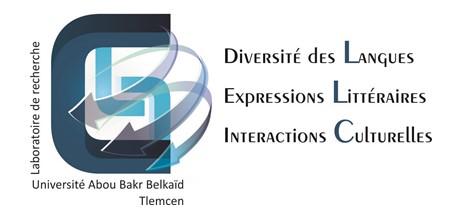The Politics of Trauma
Visual Representation in La Bataille d’Alger
DOI:
https://doi.org/10.46325/ellic.v8i1.133Keywords:
Trauma, Algeria, Testimonies, Reenactment, Apparatus, Soft Power, Pictorial Realism, Cinéma Postcolonial, Algérie, Trauma, Théorie du Dispositif, Postcolonial cinemaAbstract
Focusing on the movie La Bataille d'Alger (1966) the paper explores how postcolonial cinema addresses and processes traumatic events from the Algerian liberation war. By examining its filmic form as well as its production, the paper demonstrates how the cinematographic apparatus partakes in the complex construction of traumatized memory. In order to do so, the paper refers to trauma theory, which underlines the visual and resistant character of the traumatic. While the realism of traumatic memory and recurring flashback images remain an unresolved question in psychiatric research, the article argues that the movies aim for realism determines the entire production process, from screenplay, to staging, to editing. This production then causes an ontological confusion between filmic picture and perceptual image. It is further argued that the visual representation produced by this confusion is used as means of soft power and consolidation of the sole power of domestic political actors in the postcolonial context.
Résumé
En se concentrant sur le film La Bataille d'Alger (1966), l'article étudie la manière dont le cinéma postcolonial adresse et traite les événements traumatiques de la guerre d’Algerie. En analysant sa forme filmique ainsi que sa production, l'article montre comment l'appareil cinématographique participe à la construction complexe d'une mémoire traumatisée. Pour cela, l'article se réfère à la théorie du traumatisme, qui souligne le caractère visuel et résistant du traumatisme. Alors que le réalisme de la mémoire traumatique et des images de flash-back reste une question non résolue dans la recherche psychiatrique, je soutiens que l'objectif du réalisme du film détermine l'ensemble de sa production, son scénario, sa mise en scène et son montage. Cette production provoque une confusion ontologique entre l'image filmique (picture) et l'image perceptuelle. J'argumente également que la représentation visuelle produite par cette confusion est utilisée comme moyen de soft power et de consolidation de l’autocratie nationale des acteurs politiques dans le contexte postcolonial.
Downloads
Published
Issue
Section
License
Copyright (c) 2024 Revue plurilingue : Études des Langues, Littératures et Cultures

This work is licensed under a Creative Commons Attribution-ShareAlike 4.0 International License.








